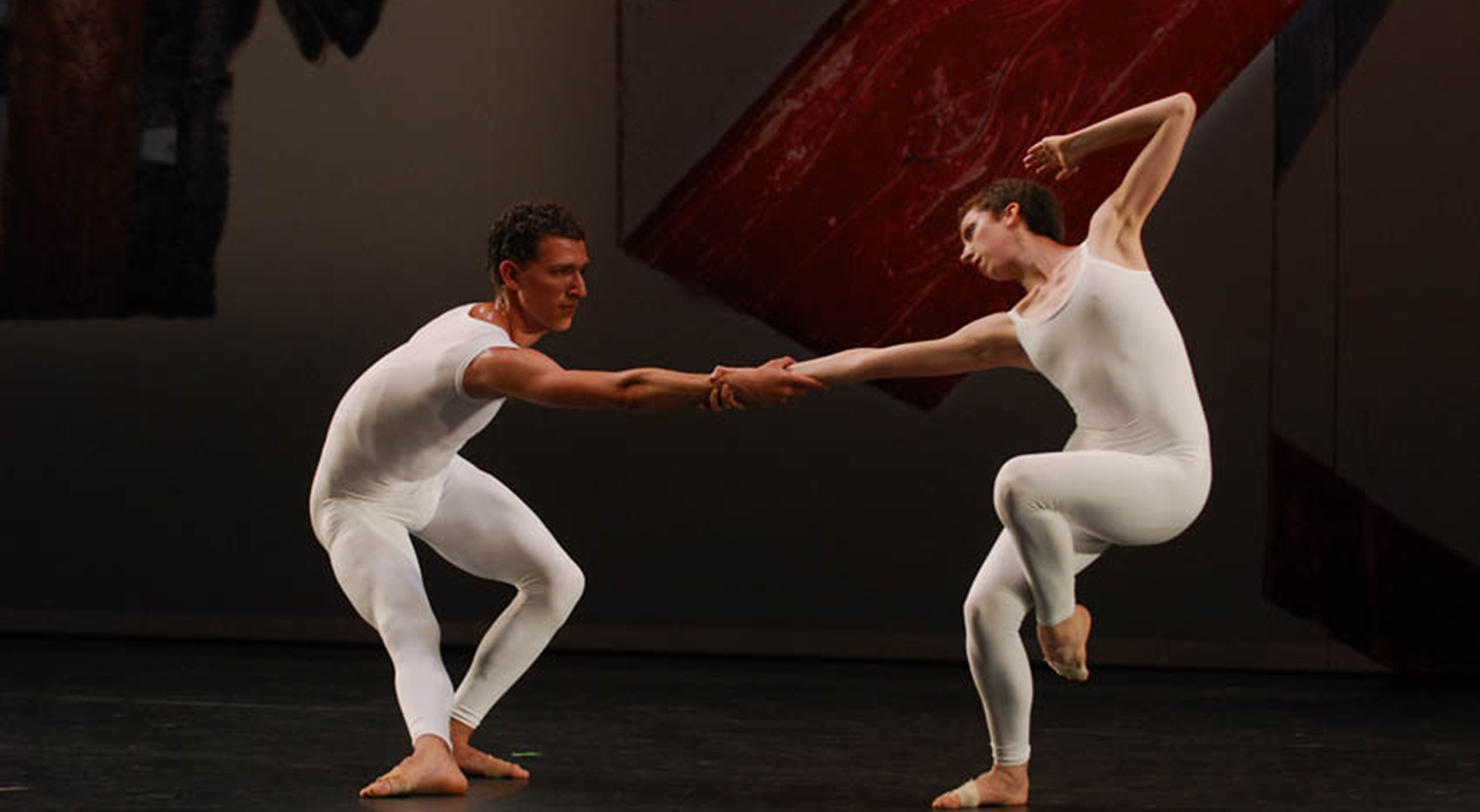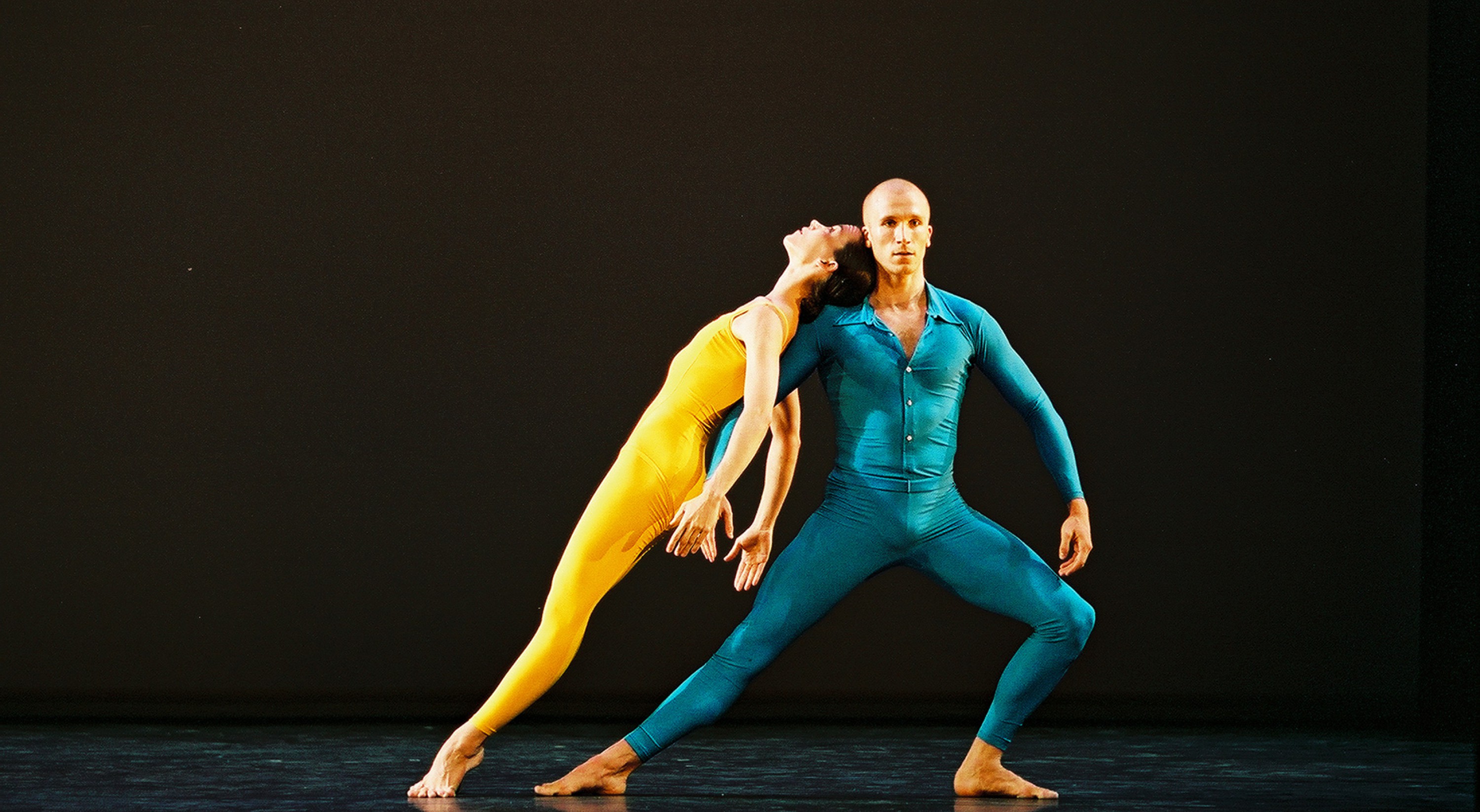Merce Cunningham Dance Company
Suite for Five / Quartet / XOVER
decemberdec 15 – 18
Suite for Five (1956-1958)
Choreography, Merce Cunningham
Music, John Cage, Music for Piano
Costumes, Robert Rauschenberg
Lighting, Beverly Emmons
With 5 dancers
First performance: University of Notre Dame, South Bend, IN, May 18, 1956; revised version, Ball State Teachers College, Muncie, IN, July 1, 1958.
Restaged by Carolyn Brown, Merce Cunningham, Robert Swinston (2002).
Music for Piano by John Cage. Published by Henmar Press Inc. Used by kind permission of C.F. Peters Corporation.
Quartet (1982)
Choreography, Merce Cunningham
Music, David Tudor, Sextet for Seven
Décor and Costumes, Mark Lancaster
With 5 dancers
First Performance: Théâtre des Champs-Elysées, Paris, France. 27 October 1982.
Restaged by Carol Teitelbaum with the assistance of Andrea Weber (2011).
Sound Design by Jesse Stiles (2011).
The revival of Quartet is a commission of Théâtre de la Ville/Festival d’Automne à Paris.
XOVER (2007)
Choreography, Merce Cunningham
Music, John Cage, Aria, Fontana Mix
Décor and Costumes, Robert Rauschenberg
Lighting, Josh Johnson
With 13 dancers
First Performance: Hopkins Center, Dartmouth College, Hanover, NH. 5 October, 2007.
XOVER is a co-commission of barbicanbite08, London and the Hopkins Center for the Arts at Dartmouth College, Hanover, NH. XOVER was made possible through public support by the National Endowment for the Arts.
Merce Cunningham Dance Company's dancers for the homage tour : Brandon Collwes, Dylan Crossman, Emma Desjardins, Jennifer Goggans, John Hinrichs, Daniel Madoff, Rashaun Mitchell, Marcie Munnerlyn, Krista Nelson, Silas Riener, Jamie Scott, Robert Swinston, Melissa Toogood, Andrea Weber
Coproduction Théâtre de la Ville-Paris ; Festival d’Automne à Paris
Partnership with France Inter
In its third year, the tribute paid to Merce Cunningham by his dance company offers the Festival d’Automne’s audience one last chance to explore the choreographer’s revolutionary journey through the 20th century - from Suite for Five (1956-1958) to XOVER (2007), which marked his reunion with John Cage and Robert Rauschenberg.
In the same place

